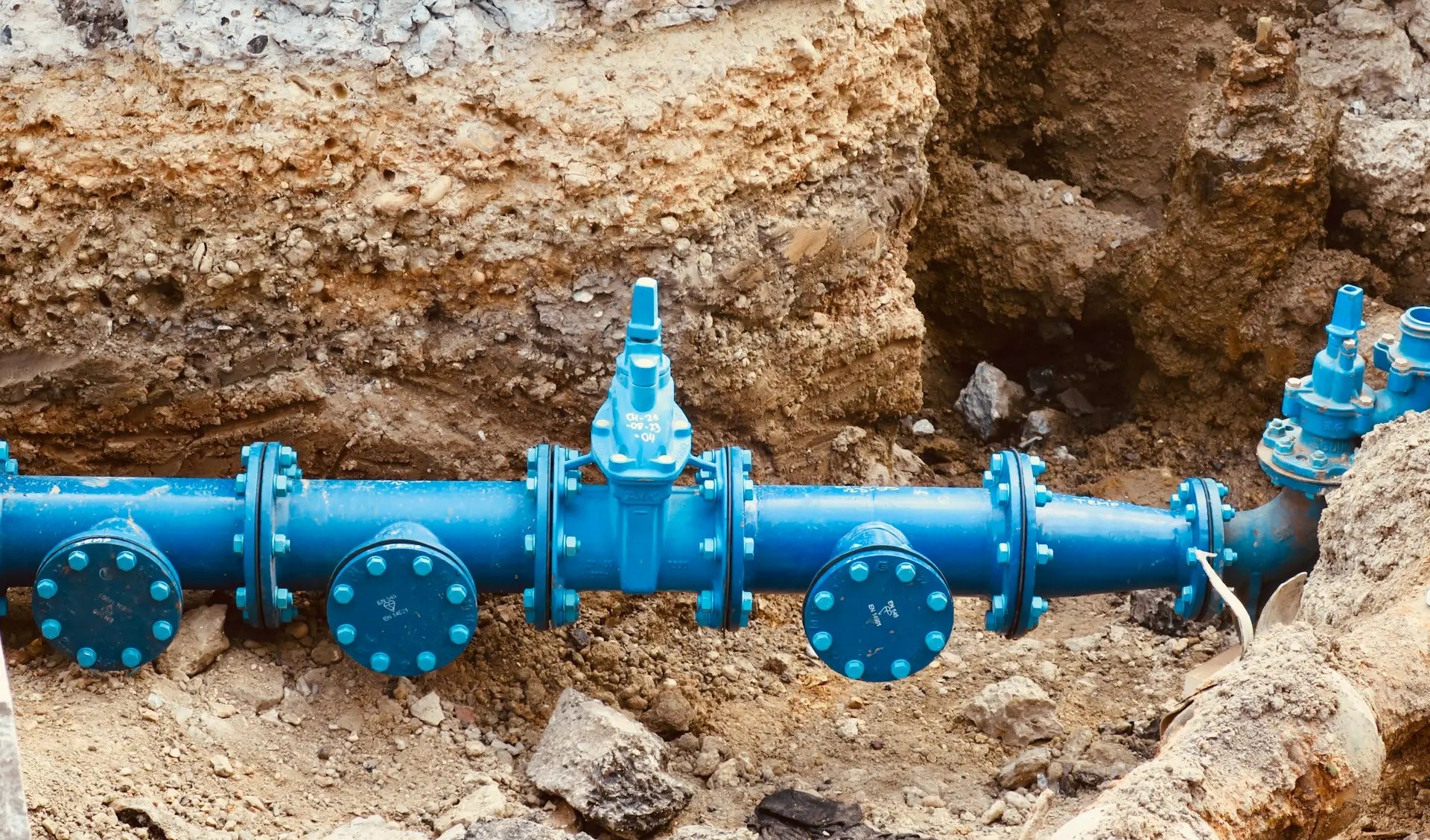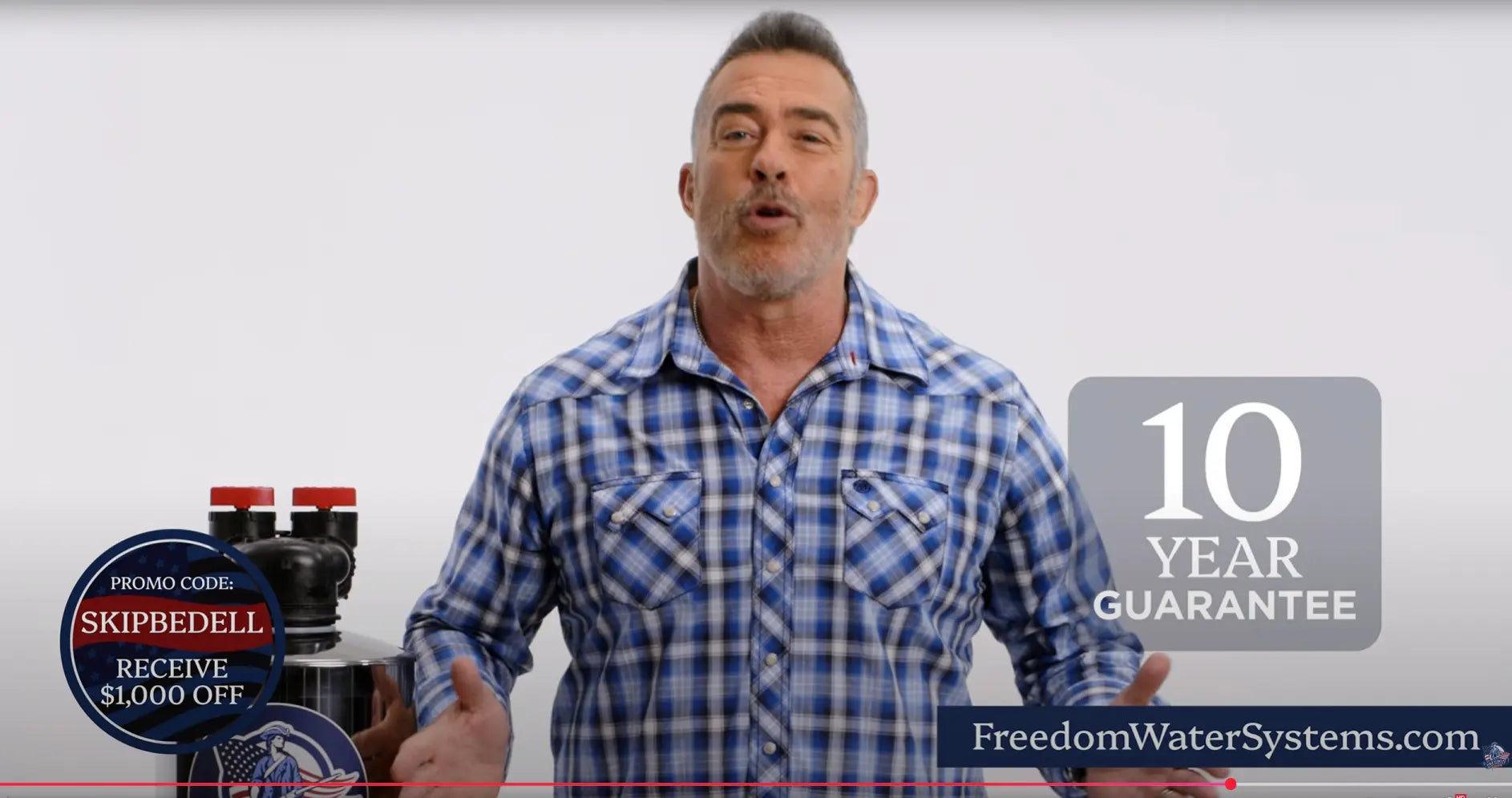Your drinking water just got its report card, and the grade isn’t flattering. The American Society of Civil Engineers (ASCE) handed U.S. drinking-water infrastructure a C- for 2025—the same limp score it earned four years ago. Translation: pipes are still leaking, lead lines are still lurking, and utilities are scrambling to keep up with new rules on PFAS and other contaminants.
Let’s break down what ASCE found, why “C-” water should matter to every homeowner, and—most important—how you can shield your household today with a whole home water filter.
Why the C- Grade Isn’t Good Enough
On paper, “C-” sounds like you squeaked by. But ASCE’s rubric labels a C- system “mediocre, with significant deficiencies in conditions or capacity.” In real life that means:
- Water mains averaging 50–80 years old—many made of cast iron that’s long past retirement.
- 6 billion gallons of treated water lost to leaks every day—enough to fill 240,000 swimming pools that average 25,000 gallons a piece.
- Utilities facing a $625 billion funding gap over the next two decades, per EPA.
The Infrastructure Investment & Jobs Act pumped $30 billion into drinking-water upgrades, but that’s a drop in a very rusty bucket. Meanwhile, new health regulations—like last year’s PFAS limits—force utilities to adopt pricey treatment technologies many can’t afford yet.
The Four Pillars Pulling Grades Down
Aging Pipes
Many city mains pre-date World War II. Cast-iron and lead service lines crack, leach metals, and invite bacteria. Replacing them can run $10,000 per household—money most cities and homeowners don’t have on standby.
Emerging Contaminants
PFAS aren’t the only villains. Utilities must now juggle hexavalent chromium, microplastics, and ever-changing State rules on nitrate and VOCs—often with gear installed decades ago for a simpler contaminant menu.
Extreme Weather
Floods overwhelm treatment plants; drought concentrates pollutants; freezes burst mains. Climate swings add stress to already brittle infrastructure.
Operational Costs
Energy, chemicals, staff, cybersecurity—everything costs more. Flat state revolving-fund budgets since 2020 mean utilities stretch every dollar thinner each year.
How a National Funding Gap Hits Your Kitchen Tap
You might live hundreds of miles from the nearest broken water main, yet the grade follows the water right into your glass—through higher utility bills, boil advisories, or trace contaminants slipping past dated treatment stages.
ASCE notes that only 30 percent of U.S. utilities have a fully implemented asset-management plan. That means the other 70 percent are playing a high-stakes guessing game on which pipe breaks next.
Action Plan: Household Level
- Read your Consumer Confidence Report (CCR). It lists violations, major pipe-break events, and any waivers your utility takes on emerging-contaminant monitoring.
- Scan your ZIP in the EWG Tap-Water Database. Spot PFAS, nitrate, arsenic, or disinfection byproducts exceeding modern health-based guidelines.
-
Install point-of-entry protection. The ECO-X Whole Home Water Filter has 7 stages of filtration to cover a wide array of these hazardous contaminants. Need a powerhouse for large households? The Platinum Series offers the pinnacle solution for all-in-one municipal whole home water treatment options.
Need a powerhouse for large households or well systems? The Platinum Series adds a specialty resin block and optional UV, handling higher flow rates and microbial hazards. - Replace filters on schedule. ECO-X once every ten years or Platinum media bed roughly once every twenty years—less upkeep than swapping several cartridges per year.
- Advocate locally. Ask city council when lead service-line maps and PFAS-mitigation plans go public. Funding follows citizen pressure.
Innovation Is Happening—But Slowly
ASCE applauds utilities piloting smart meters, leak-detection AI, and asset-management software. Yet only a third have fully adopted these tools. Until innovation scales nationwide, households remain the last line of defense.
Why Whole-Home Filtration Beats “Wait and Hope”
- One system, every faucet. No juggling pitchers, shower filters, or fridge cartridges.
- Bath & Laundry covered. PFAS and chlorine byproducts can absorb through skin or create vapor; whole-home systems treat hot-water lines too.
- Cost over time. Ten years of pitcher filters ≈ cost of an ECO-X—but ECO-X protects appliances and fixtures, too.
Next Steps
ASCE’s report card may read “C-,” but your family’s water can score an easy “A” today. Reach out for a free consultation on the ECO-X or Platinum Series. Let’s turn national-infrastructure worries into crystal-clear peace of mind—one household at a time.
Q: Does a whole-home filter fix lead pipes?
It helps filter the lead in water, but the pipe still needs replacement. Filtration is a great safety net until pipes are swapped.
Q: Will ECO-X lower my water pressure?
No. It maintains 10–15 gpm—enough for showers, laundry, and dish-washing all at once.
Q: How long before filters need service?
Sediment pre-filters: 6–12 months. Main media bed: up to 10 years, depending on usage and water quality.
Q: Do these systems remove PFAS?
Yes. Our blended media systems target many Forever Chemical (PFA and PFOA) compounds.
Q: I rent—can I still protect my water?
Countertop or under-sink RO filters tackle PFAS and metals. For whole-home units, ask your landlord; tanks can relocate with you later.
Reference: ASCE 2025 Infrastructure Report Card, Drinking-Water section, March 25 2025.







